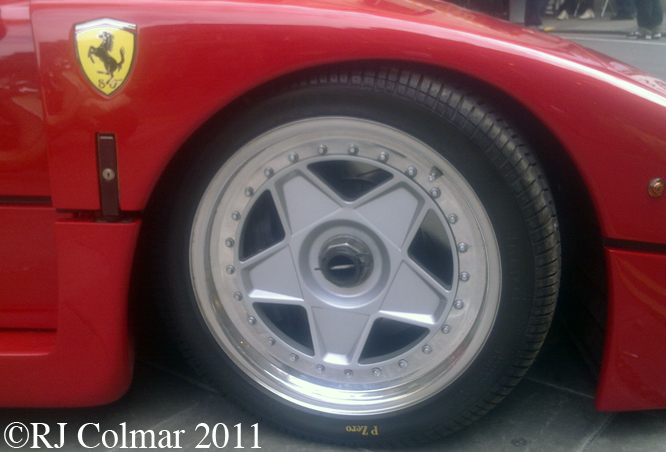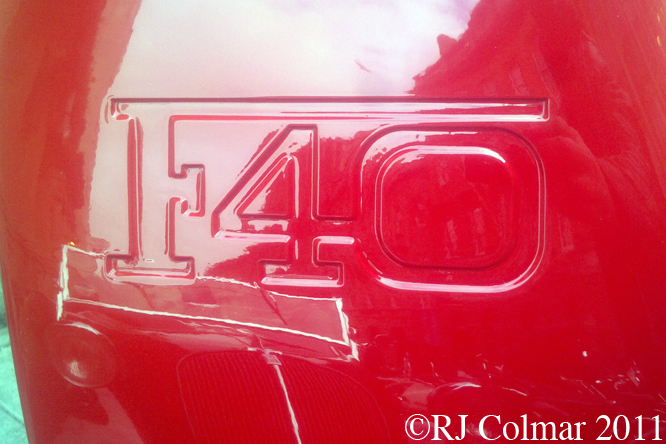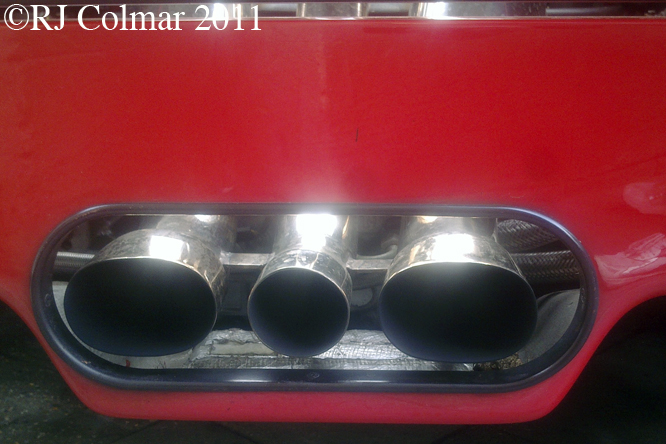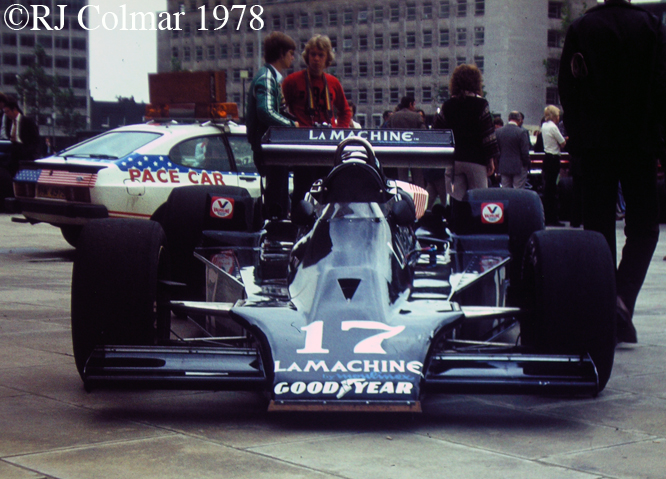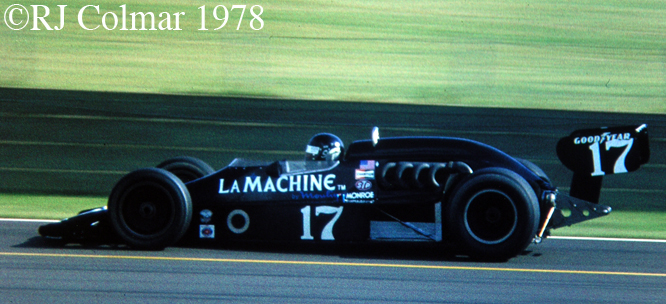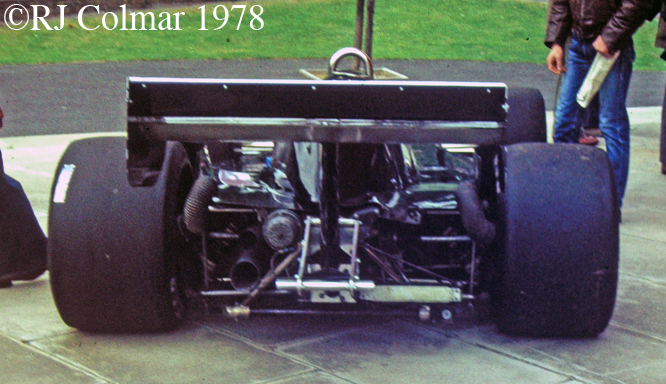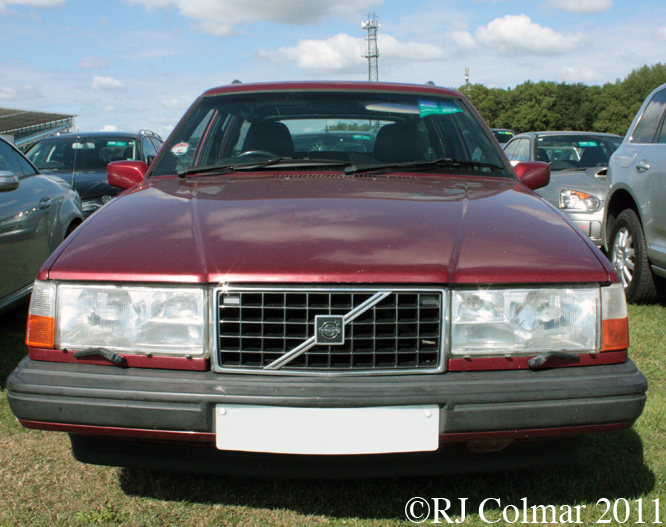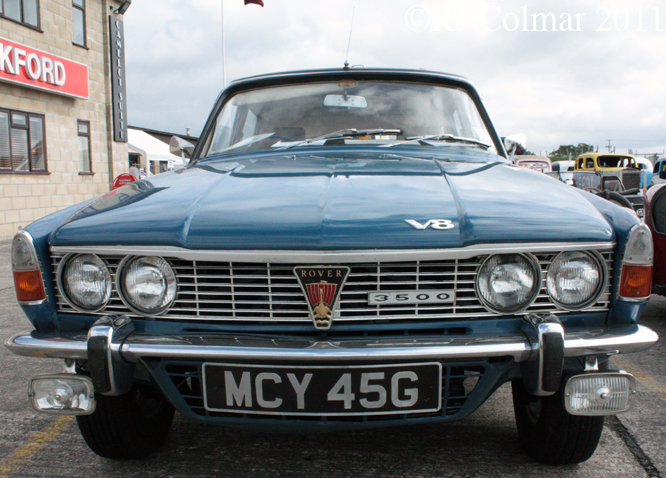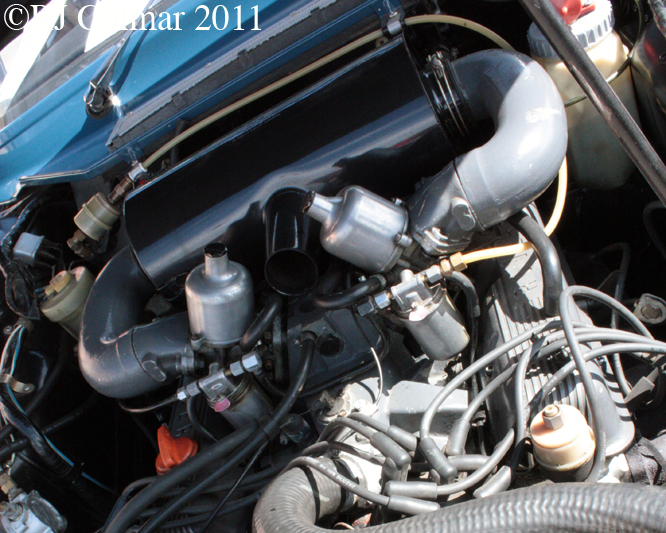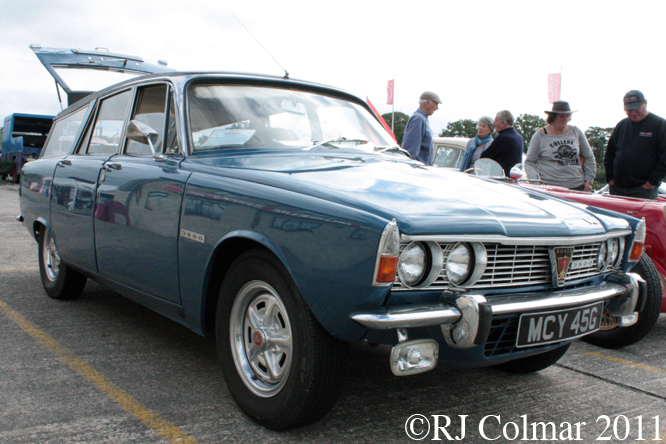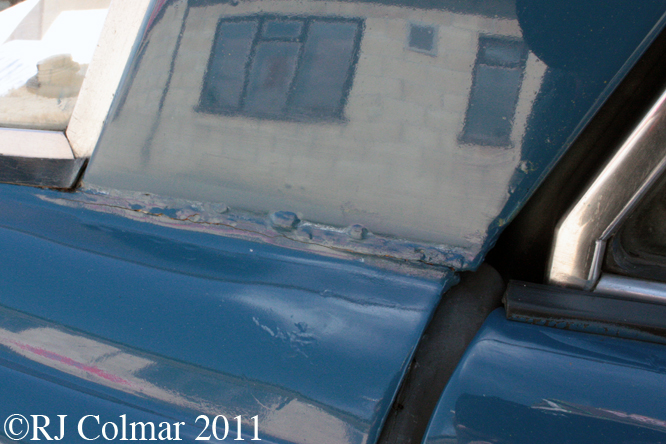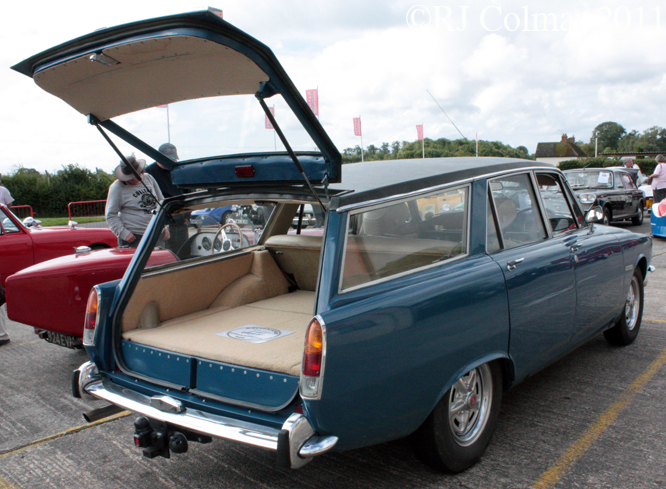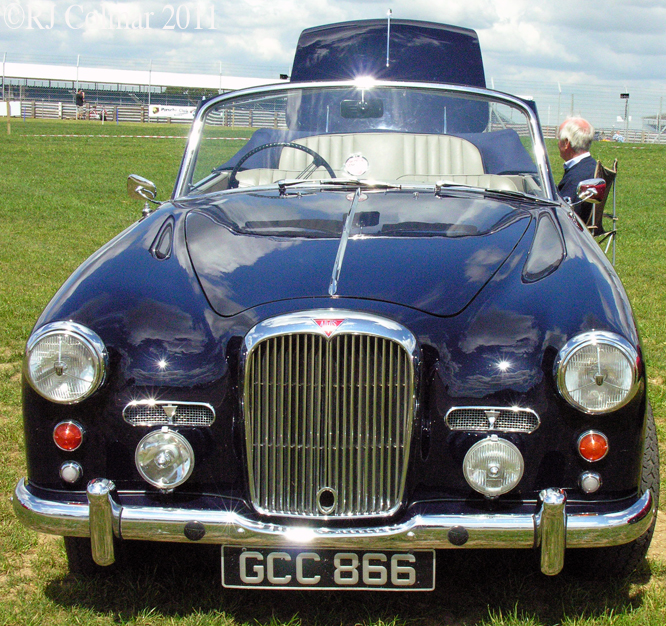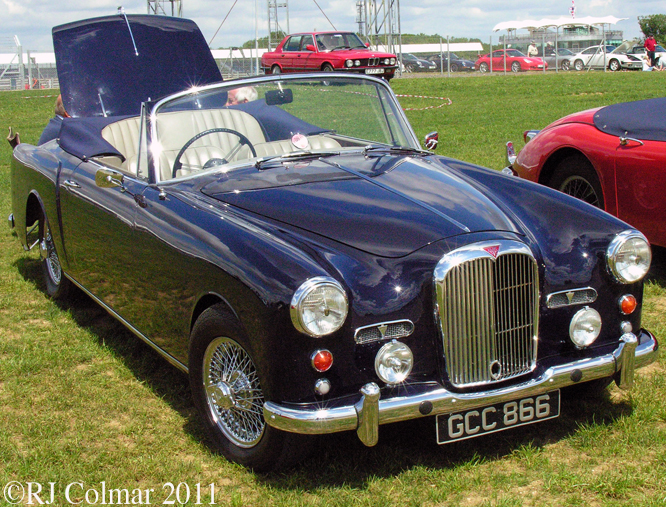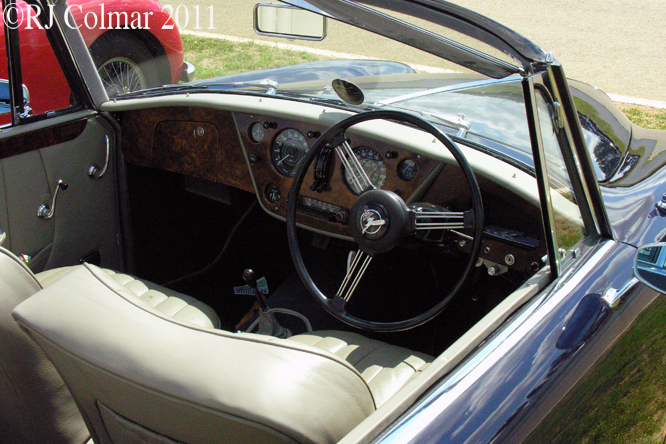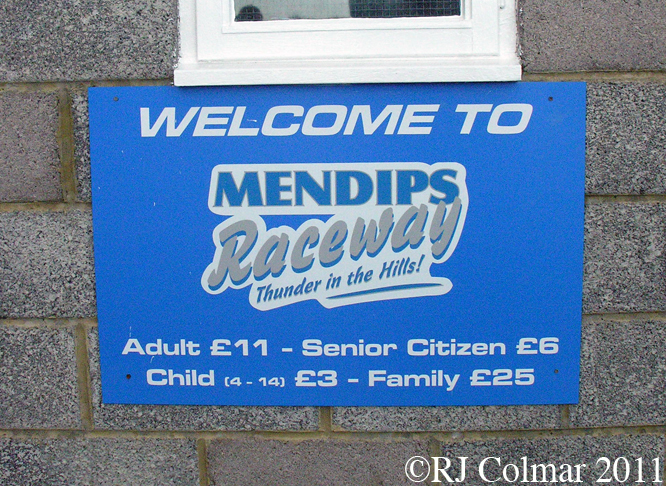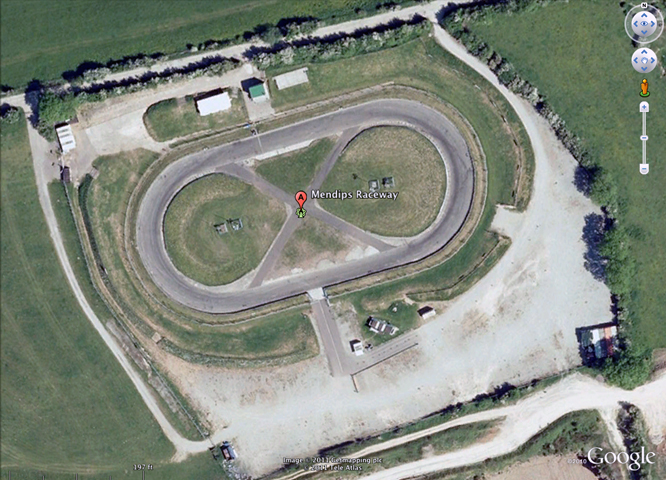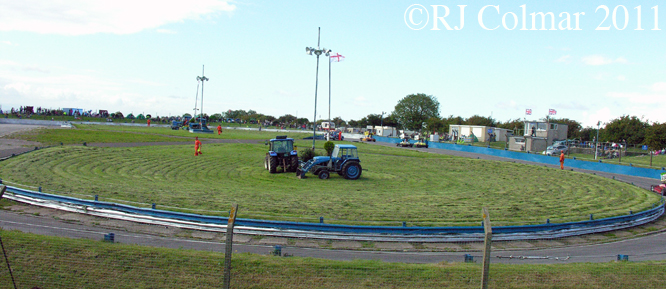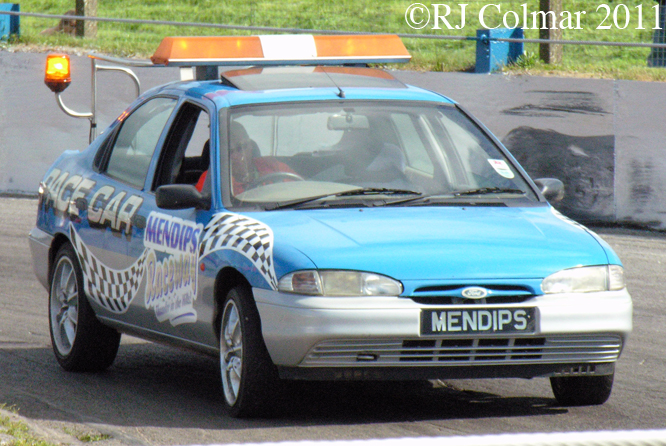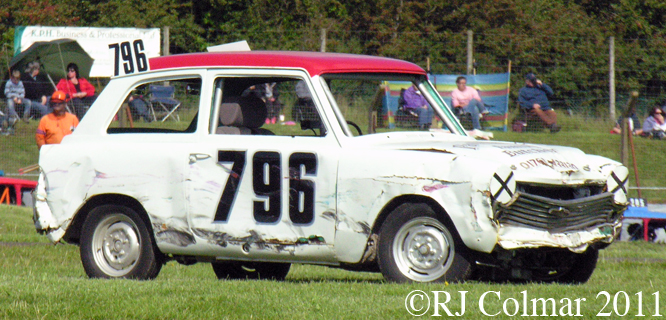Oulton Park circuit is one of Britain’s more difficult tracks, while attending racing school there I spun off on two separate occasions, located near Little Budworth in Cheshire.
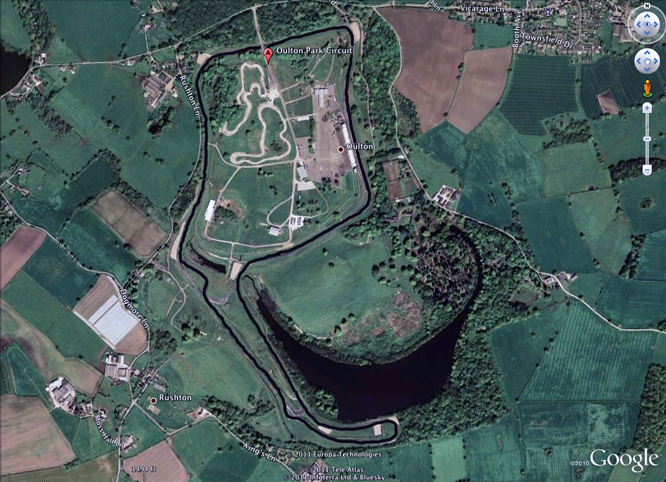
The last time I was spectating at Oulton Park in Cheshire then future world champion Damon Hill was given a one off drive in the British Formula 3000 Championship race by Colin Bennett and future Oulton Park circuit owner Dr Jonathan Palmer had a one off drive in the Celebrity car that featured in the Honda CRX championship in 1989.

On Bank Holiday Monday I got to the track for the second day of the Gold Cup Classic meeting, just as qualifying got under way for the Sir Stirling Moss trophy race. Former FIA Historic Formula One Champion Bobby Verdon Roe, seen here driving a 1957 Aston Martin DBR1, going through a much altered Druids Corner on his way to qualifying on pole.
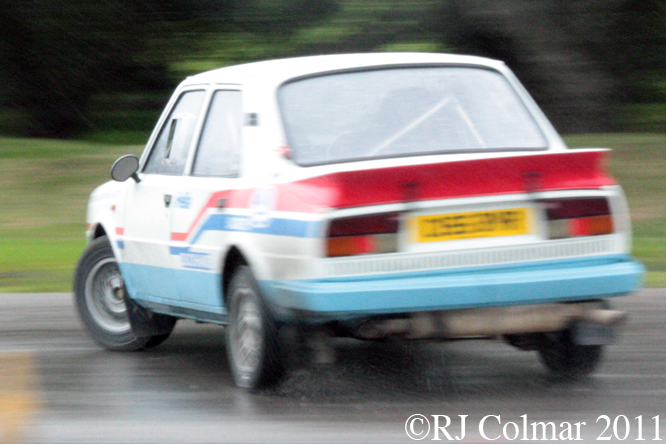
Oulton Park now has a tarmac Rally Stage and an interesting variety of vehicles were to be found trying to navigate the slippery conditions, including this Surprising Skoda Estelle, keeping spectators entertained with numerous 360 degree spins.

The Historic Formula Ford race for Ford Kent powered single seaters built from 1969 – 1972 was highly entertaining with Rob Wainright piping Ben Mitchell and Benn Simms in a three way last lap shoot out. Former Grand Prix driver Ian Ashley driving the #62 Lola T200 is seen here passing Stuart Baird in the #6 Merlyn MK11A for fifth prior to Ian’s early retirement.

I missed the Historic Touring Car race won by Mark Jones in favour of having lunch with friends from The Nostalgia Forum, afterwards the Derek Bell Trophy race for a mixture of open wheel cars was run. Richard Evans in a Formula Atlantic March 79B snatched a last lap victory from Michael Lyons Formula 5000 Lola T400. I did not realise it at the time I took the photograph above but this is a recreation of the Lotus Martin built to Formula One regulations in 1966.

Judy Lyons, Michael’s mother, driving the #33 Lola T332 above, gambled on rain returning during the race and opted for intermediate tyres, at the end of the race she showed no sign of disappointment that her strategy had failed or that she was not classified in the final results.

The small grid of Group 6 2 litre / 122 cui cars for the Martini Trophy race included this Martini liveried Chevron B31 belonging to Graeme and James Dodd which failed to finish.
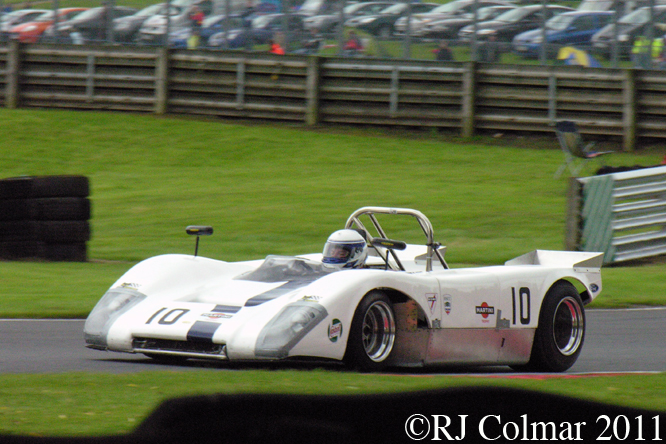
Charlie Kemp did his best to make a race of it driving the 1970 vintage #10 Lola T210 but was eventually unable to keep up with John Burton who took the Martini spoils driving a Chevron B26.
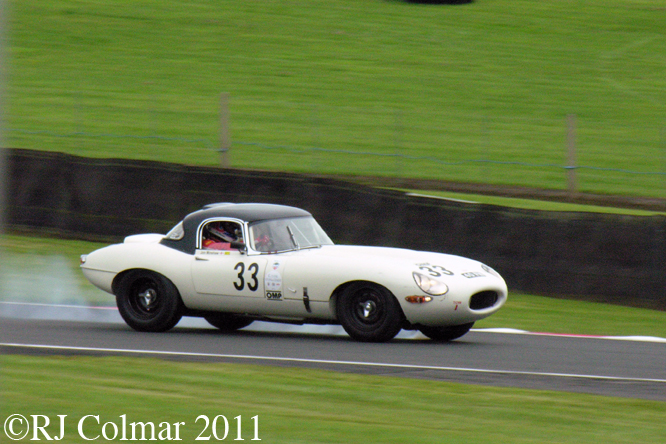
The E Type challenge was probably the race of the day helped by tricky weather conditions, earning my personal vote for driver of the day was Jon Minshaw who worked through the field from the back of the grid to second place behind Martin O’Connell in a race filled with lurid ‘moments’.
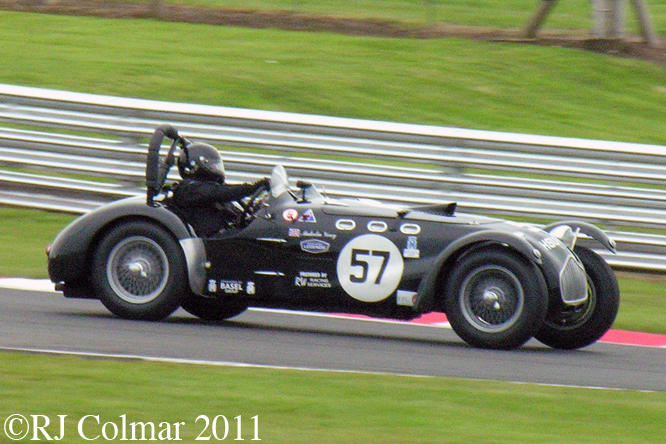
John Ure and Patrick Blakeney-Edwards won the Woodcote Trophy driving a Cooper Bristol finishing ahead of the #57 Allard J2 seen here of Malcolm Verey and Dennis Welsh after Stephen Bond, who had rarely been more than a few car lengths behind the Cooper, lost up to a minute making his mandatory pit stop.

Benn Simms made up for his disappointment in the Formula Ford race by winning from the back of the grid in the Classic Formula 3 race driving the #1 March 803B seen here lining up
to pass the Keith White in the blue Ralt RT1.

Brian White and Keith Stantton drove their Triumph TR2 in both the Stirling Moss and Woodcote Trophy races, Brian is seen here exploring the outer limits of the track at Old Hall during Woodcote Trophy on his way to a 19th place finish.

Jon Minshaw teamed up with John Stretton to win the Woodcote Trophy in the #133 ‘Knobly’ Lister Jaguar above lapping the D-Type of Ben Eastick which finished 7th.

Final race of the day was the ‘Amitsead Barnet Financial Services’ Historic Formula Ford 2000 championship race for Pinto powered cars circa 1978 – 1981 which was won by Nelson Rowe. Nelson Duke, in the yellow helmet above driving a Reynard SF79 about to pass the Delta T79 of Robert Trusting, impressed the event race sponsor ‘Mallory Dan’ sufficiently with his drive from the back of the grid to 13th place to win the FF2000 driver of the day award.
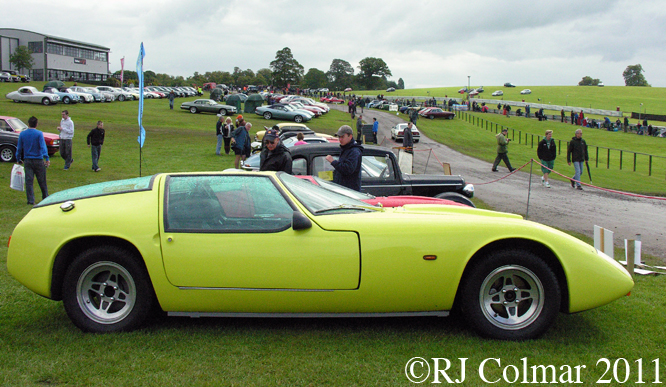
In between races and watching the rally car demonstration there was a feast of classic cars on display including my personal nomination for car of the day this Piper GT
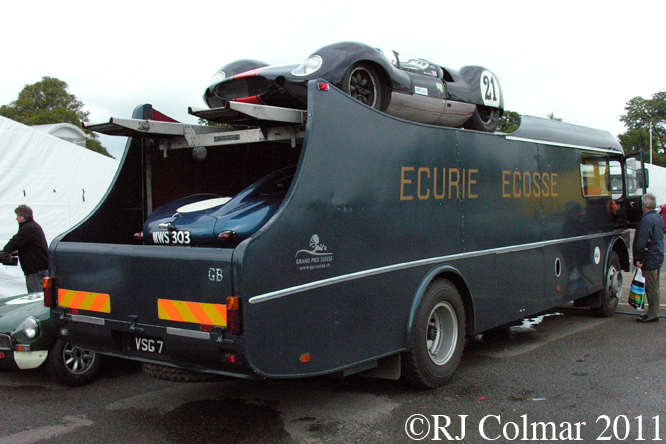
After a great day out all too soon it was time to say ‘until next time’ to Barry, Roger, David, Mallory Dan, Alan, Phil and Simon from the Nostalgia forum and head for home.
Thanks for joining me on this Gold Cup edition of ‘Gettin’ a lil’ psycho on tyres’, I hope you will join me again tomorrow. Don’t forget to come back now !



